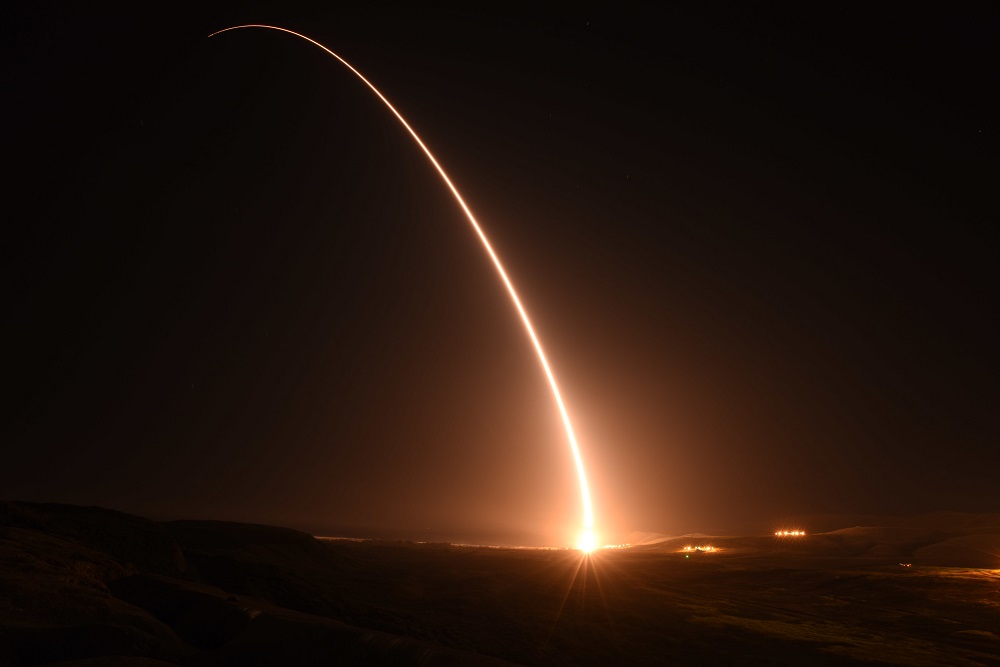“The DoD space industrial base remains a niche market with very specialized and capital-intensive requirements.”
WASHINGTON — U.S. military satellites and missiles continue to rely on customized hardware and niche components that are no longer manufactured domestically, the Pentagon said in a report to Congress released Jan. 14.
These programs need to invest in new technology and qualify new suppliers to ensure they have access to domestic sources, said the Defense Department’s Fiscal Year 2020 Industrial Capabilities Report, which the Pentagon must submit annually to congressional defense committees.
“The DoD space industrial base remains a niche market with very specialized and capital-intensive requirements that are not efficiently managed through individual program investments,” the report said.
Many current and planned systems rely on dated technology and practices, as well as fragile or foreign sources, said the report. “Reliance on foreign sources for critical technologies, competition from subsidized lower-cost imports, and erratic demand from the national security space enterprise will erode essential space capabilities and critical skills, and threaten future access to space qualified domestic industrial sources.”
The 181-page report — which covers every sector of the defense industry — was written by the office of Undersecretary of Defense for Acquistion and Sustainment Ellen Lord. The space portion of the report was put together by the Space Industrial Base Working Group, a team of Pentagon, NASA, Federal Aviation Administration and National Reconnaissance Office representatives. The group was created in 2017 after President Donald Trump issued an executive order directing federal agencies to probe vulnerabilities in the nation’s manufacturing and supply sources.
Other findings from the report:
- There is limited domestic production capacity of precision gyroscopes used in military spacecraft, launch vehicles and missiles.
- Military and NASA satellite programs need access to lower cost space-qualified solar cells. U.S. suppliers are developing more advanced cells but foreign competitors are producing high efficiency cells at lower costs.
- The United States is an overall world leader in commercial space, but competitors such as China are rapidly expanding their commercial space industries.
- Recent commercial market downturns have resulted in layoffs and skills gaps in the U.S. industrial base for traveling wave tube amplifiers, used to improve radio frequency spectrum access and increase bandwidth in military satellites. A sole domestic supplier competes with a single foreign source for production of all space qualified amplifiers.
- The long-term impacts of the coronavirus pandemic on the space industry are still unclear. Potential areas of concern include a slowdown in capital expenditures and more rapid industry consolidation than originally anticipated.
- The largest six prime defense suppliers are Lockheed Martin, Boeing, Northrop Grumman, Raytheon, General Dynamics, and BAE Systems. They collectively won 32 percent of all DoD contract obligations in 2019.
